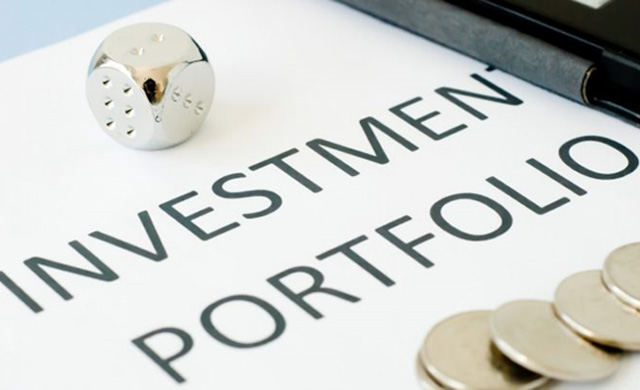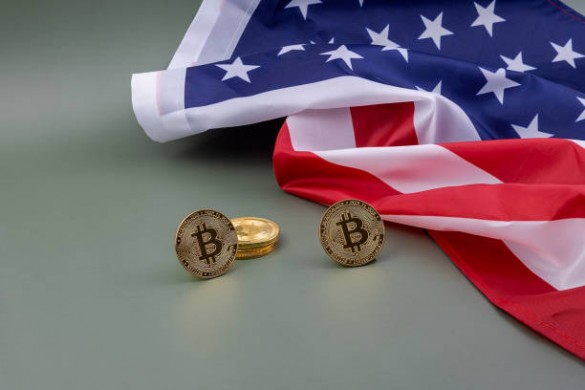To simplistic value investors the notion of paying an above market average multiple of 15 times the previous year’s earnings (what Berkshire Hathaway paid for Coke in 1988) didn’t make sense – value investors don’t pay high PERs, do they?

But Coca-Cola is an example of an excellent value investment which, although it seems expensive at the time, is easily justified if you think about not last year’s reported earnings but the discounted value of the future owner earnings.
Buffett and Munger saw that Coca-Cola’s consumer pricing power was so strong that owner earnings would grow dramatically as it expanded its international presence while preserving its hold over the distribution system in the US and elsewhere; and it would at least maintain its 20% – 30% returns on capital employed as volume double, trebled, quadrupled.
The evidence that they were correct in their optimism is demonstrated in Table and Figure below. While the table does not show owner earnings directly, over a span of years dividends on this permanent holding are the manifestation of those owner earnings.
Berkshire Hathaway accumulated $1.3bn shares in Coca-Cola by the time it had finished buying in 1994. Once the millions of shares were assembled, after receiving $88m in 1995, a long period of uninterrupted and growing dividend flows followed. The average annual growth rate 1995 to 2018 was 8.9%. By 2018 the pay-out had reached $624m.
The discounted value of a set of cash flows starting at $88m and growing in all future years at 8.9% percent is $2.8bn. Paying £1.3bn for a holding with an expected present value of $2.8bn is a value investment with a sufficient margin of safety.
(The £2.8bn is my 1994 intrinsic value estimate based on the rate of return being the US government Treasury 10-year rate being 7% in 1994 and then adding the risk premium above the government bond of 5%, giving a required rate of return on a Coca-Cola share of 12% per year. This uses the dividend growth model: Intrinsic value = next year’s dividend divided by required rate minus growth rate. Perfect hindsight makes the math easy. (See chapter 17 of Arnold, G. and Lewis, D. (2019) Corporate Financial Management, Pearson, for equity valuation models))
Of course, Buffett and Munger did not have crystal balls to predict the future with such extreme accuracy, but they could work out estimates of probabilities of outcomes, and, given the strengths of the management and the quality of the franchise, they could, in the period 1988 – 1994, easily envisage something like the outcome that has occurred.
Table 9.1 Berkshire’s investments in Coca-Cola and income received from it
| Number of shares held in December | Cost of accumulated shares | Berkshire’s approximate ownership of Coca-Cola | Dividends received that year ($m) | |||||
| 1988 | 14,172,500 | $592.5m | 4.2% | 9 (est.) | ||||
| 1989 | 23,350,000 (9,177,500 shares bought in 1989) | $1,023.9m | 7.0% | 26 (est.) | ||||
| 1990 | 46,700,000 (a 2 for 1 stock split in 1990) | $1,023.9m | 7.0% | 37 | ||||
| 1991 | 46,700,000 | $1,023.9m | 7.0% | 45 | ||||
| 1992 | 93,400,000 (a 2 for 1 stock split in 1992) | $1,023.9m | 7.1% | 52 | ||||
| 1993 | 93,400,000 | $1,023.9m | 7.2% | 64 | ||||
| 1994 | 100,000,000 (6,600,000 shares bought in 1994) | $1,299m | 7.8% | 75 (est.) | ||||
| 1995 | 100,000,000 | $1,299m | 7.8% | 88 | ||||
| 1996 | 200,000,000 (a 2 for 1 stock split in 1996) | $1,299m | 8.1% | 100 | ||||
| 1997 | 200,000,000 | $1,299m | 8.1% | 112 | ||||
| 1998 | 200,000,000 | $1,299m | 8.1% | 120 | ||||
| 1999 | 200,000,000 | $1,299m | 8.1% | 128 | ||||
| 2000 | 200,000,000 | $1,299m | 8.1% | 136 | ||||
| 2001 | 200,000,000 | $1,299m | 8.1% | 144 | ||||
| 2002 | 200,000,000 | $1,299m | 8.1% | 160 | ||||
| 2003 | 200,000,000 | $1,299m | 8.1% | 176 | ||||
| 2004 | 200,000,000 | $1,299m | 8.1% | 200 | ||||
| 2005 | 200,000,000 | $1,299m | 8.1% | 224 | ||||
| 2006 | 200,000,000 | $1,299m | 8.8% | 248 | ||||
| 2007 | 200,000,000 | $1,299m | 8.8% | 272 | ||||
| 2008 | 200,000,000 | $1,299m | 8.8% | 304 | ||||
| 2009 | 200,000,000 | $1,299m | 8.8% | 328 | ||||
| 2010 | 200,000,000 | $1,299m | 8.8% | 352 | ||||
| 2011 | 200,000,000 | $1,299m | 8.8% | 376 | ||||
| 2012 | 400,000,000 (a 2 for 1 stock split in 1996) | $1,299m | 8.9% | 408 | ||||
| 2013 | 400,000,000 | $1,299m | 9.1% | 448 | ||||
| 2014 | 400,000,000 | $1,299m | 9.2% | 488 | ||||
| 2015 | 400,000,000 | $1,299m | 9.3% | 528 | ||||
| 2016 | 400,000,000 | $1,299m | 9.3% | 560 | ||||
| 2017 | 400,000,000 | $1,299m | 9.4% | 592 | ||||
| 2018 | 400,000,000 | $1,299m | 9.4% | 624 |
Source: Warren Buffett’s Letters to Shareholders and Coca-Cola’s website
The Figure shows a renewal of investor interest in Coca-Cola shares after the initial period of Buffett’s purchases (second half of 1988 and first half of 1989). Between mid-1988 and t
………………To read more subscribe to my premium newsletter Deep Value Shares – click here http://newsletters.advfn.com/deepvalueshares/subscribe-1

 Hot Features
Hot Features













